While it may seem odd to dedicate a blog to a single bird, the versatile and flavorful duck deserves this special attention. As you will discover, you can make duck into sausages, salamis, prosciutto, pastrami, and other smoked dishes, or it can be stewed, slow-baked, or used as a component in a wide variety of salads. You can steam, braise or saute it, and accompany it with dozens of different sauces, or turn it into that rich and satisfying French specialty, confit. You can serve it hot, cold, rare, or cooked all day.
No doubt because the prospect of cooking duck intimidates people, I’ve never been served it in someone’s home. This is a pity, since duck is a perfect compromise between chicken and red meat and never fails to delight guests. If you learn to cook duck in just one of the dozens of ways described in this blog–from the simple to the complex–you’ll be able to make spectacular guest fare that requires as little or as much effort as you like. While you may choose to use the large breasts taken from special ducks known as mullards, it is also possible to make luxurious dishes with ordinary frozen Pekin (also called Long Island) ducklings sold in supermarkets.
When confronted with a whole duck, most of us think we should roast it as though it were a chicken. Because most of the ducks available in the United States have thick, very fatty skin, the results of our roasting efforts can be mediocre or worse. If a Pekin duck is cooked long enough to give up its fat and turn crispy on the outside, the meat inside is very well done. This isn’t necessarily bad, but it’s limiting when you consider all of duck’s possibilities. If you cook the whole duck until the meat is rosy pink–a nice medium rare–the skin will be flabby and greasy and well, dreadful.
Duck has a lot off flavor, and if the skin is removed it’s very lean–leaner and much tastier than a skinless chicken breast. If you’re cooking duck for the first time, instead of grappling with the whole duck, I suggest you cook just the breasts, which are often sold by themselves nowadays. If you do end up buying a whole duck and want to remove the breasts, I’ll show you later in this blog how to cut up the carcass and freeze the parts you don’t use. Every bit of a duck can be eaten except the bones, and these can be simmered to make a flavorful broth that can in turn be used to make soups, sauces, and stews. Saute the breasts following the basic recipe further down and you’ll have made your first duck dinner in just 15 minutes.
Because of its idiosyncrasies, particularly is fatty skin, duck must be approached differently than any other meat, poultry or otherwise. The secret to cooking a duck is to cook each of its parts in a different way. Because duck breast meat is very lean, it mustn’t be overcooked or it will dry out. It has to be sauteed so that the fat in the skin renders before the meat overcooks. When done right–and it’s hard to do it wrong–a sauteed duck breast is crispy and juicy at the same time. Duck legs are an entirely different matter. If you simply saute or grill a duck leg, it will be tough, plus I think there’s something unappealing about rare or medium-rare duck-leg meat. Duck legs are best when they are slowly braised with a little wine or homemade duck broth or when they are made into a confit, which involves gently simmering the legs in duck fat that you’ve trimmed off other parts of the duck. Duck legs are also good slow-roasted, which makes the fat crispy and the flesh meltingly tender.
Combining techniques as another option. You can gently stew the duck’s legs until they’re soft and juicy, then finish them on the grill; or you can pat them with cornstarch or dip them in batter and then deep fry them until you have a crispy crust surrounding meat that’s more reminiscent of a well-made stew than of something fired. You can make confit and grill or smoke the already-tender meat, or shred the confit to create rillettes, which, when smeared on toast might be the best spread in existence. You can turn the braising liquid from the duck legs into a sauce, flavor it however you like, and serve it over the cooked legs or sauteed duck breasts.
Virtually all of the classic French dishes for whole roasted duck can be made from sauteed duck breasts or from braised or slow-roasted legs instead. Consider duck a l’orange. In most French cookbooks, the recipe calls for roasting a whole duck–French ducks don’t have the thick, fatty skin that ours do–then the duck’s juices are combined with orange juice and orange zest cut into minute strips, and the mixture is simmered to reduce it, then thickened with a little cornstarch. If you follow this method, the only thing orange about the duck is the sauce. But the simplest thing is to replace the duck’s juices with concentrated duck or chicken broth and the whole duck with sauteed duck breasts. Or you can braise duck legs and use the braising liquid as the base for the orange sauce, then saute the breasts and top both the leg meat and the breasts with the sauce. For grilled duck a l’orange, try grilling or smoking duck breasts, brushing them as they cook with and orange juice and orange zest glaze.
Duck is versatile not only in that it lends itself to all sorts of cooking techniques, but in the many ways it can be presented and served. It’s not so expensive that it need be thought of as a luxury food, but it can be treated as something very special. If you want to be extravagant, serve duck breasts topped with kitchen delicacies such as truffles and wild mushrooms. They can also be served with a wide variety of sauces to create effects ranging from rustic–duck confit with spinach–to elegant anc cosmopolitan–a sauteed duck breast with a slab of foie gras on top. And if you don’t want to make any extra effort, sauteed duck breasts are good with no sauce at all.
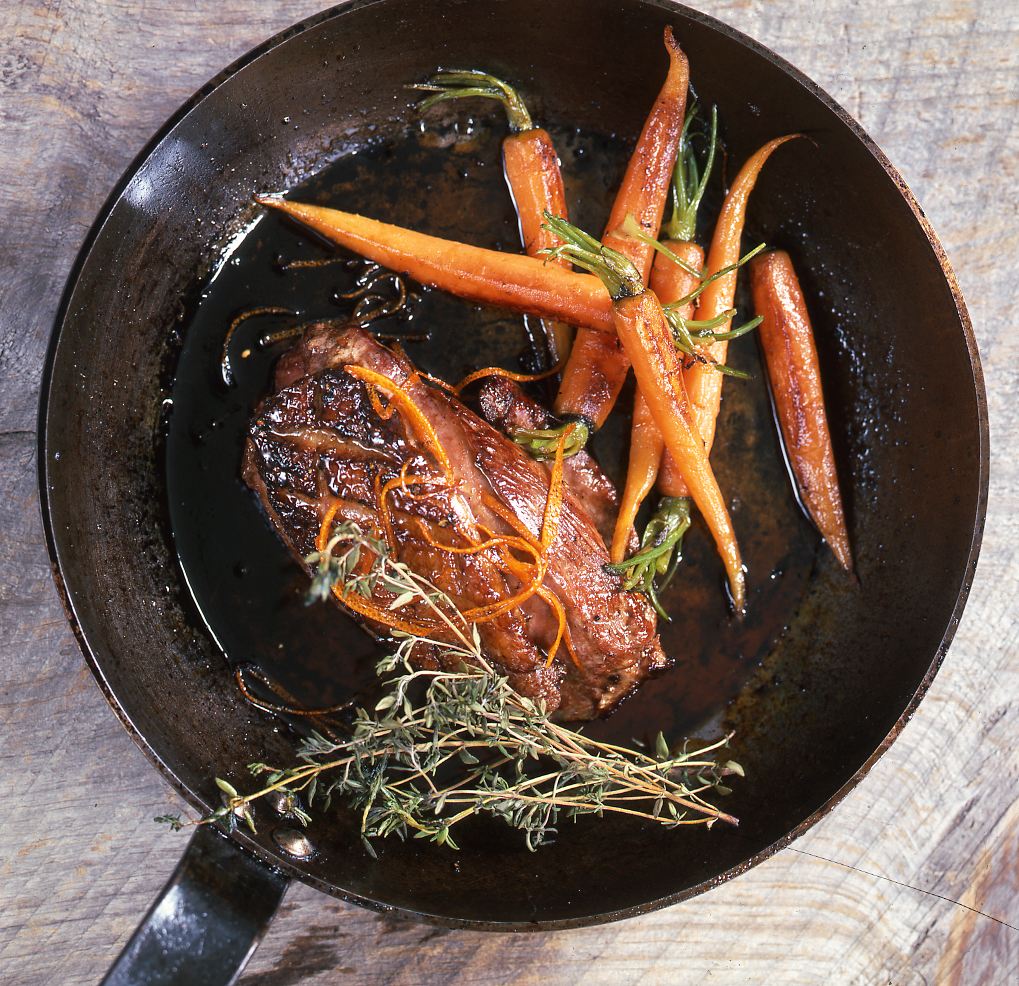
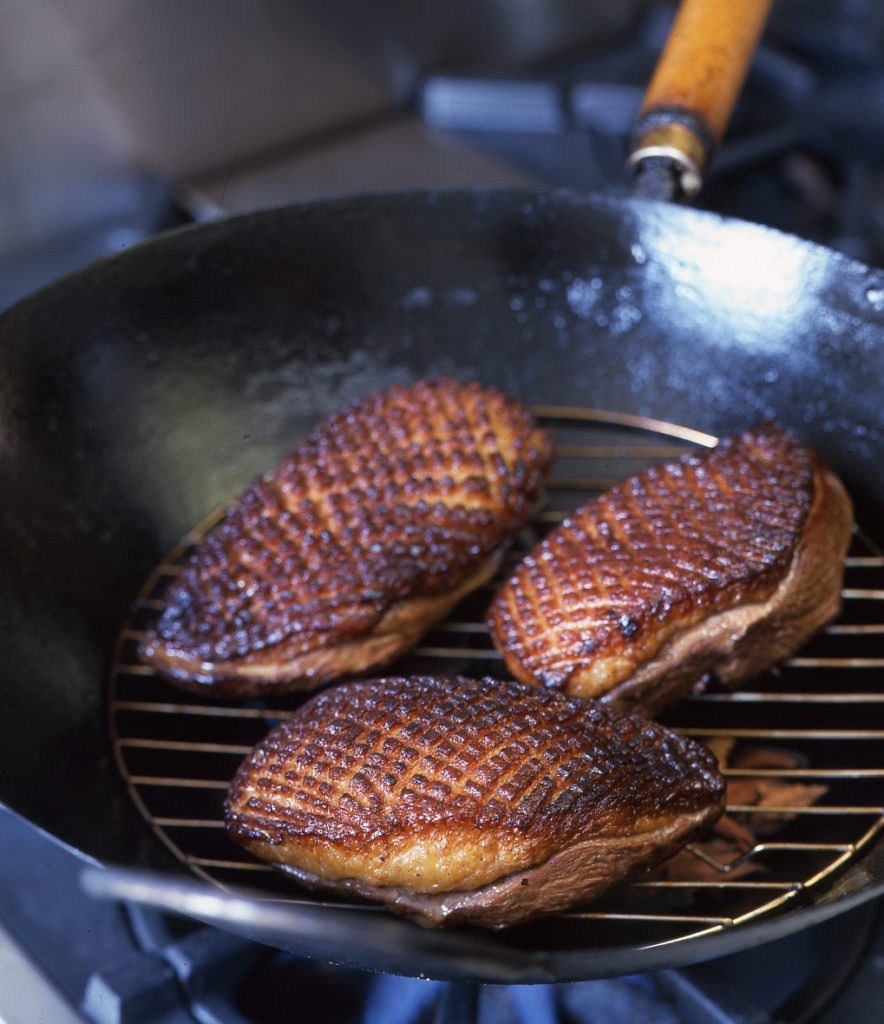
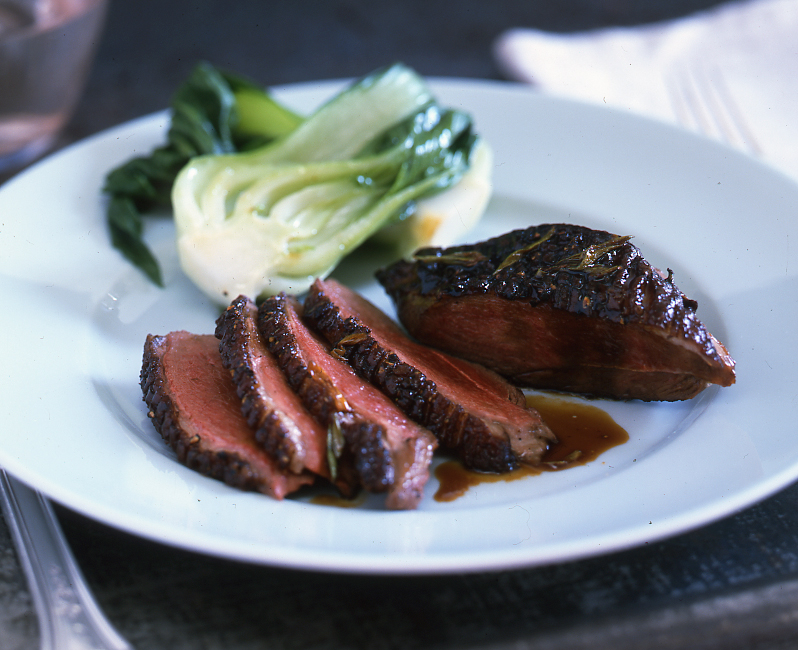

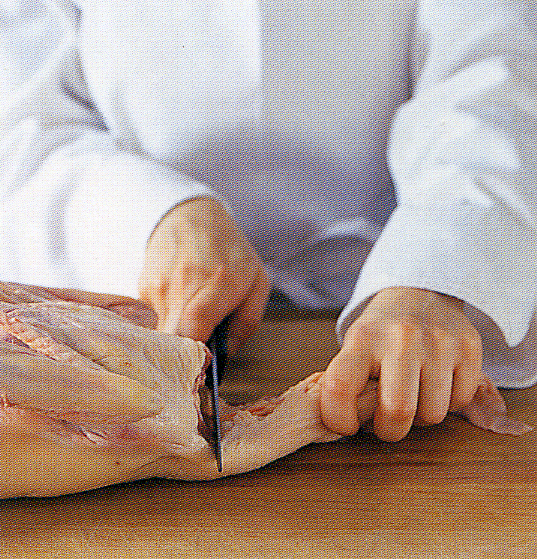

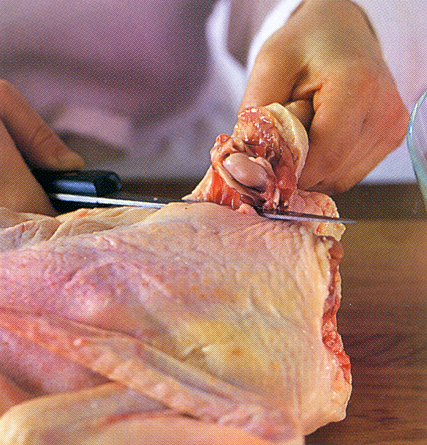
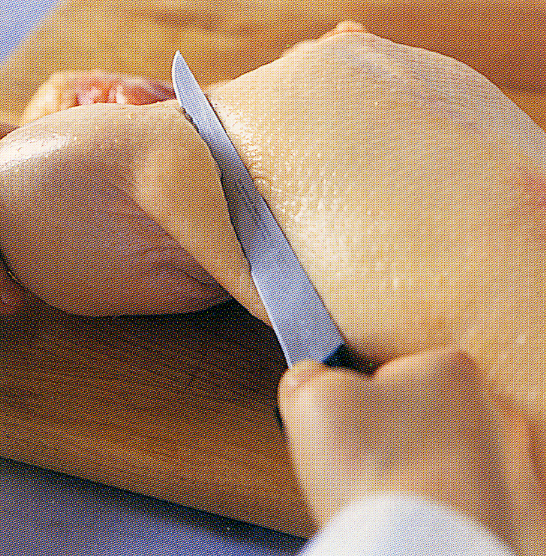
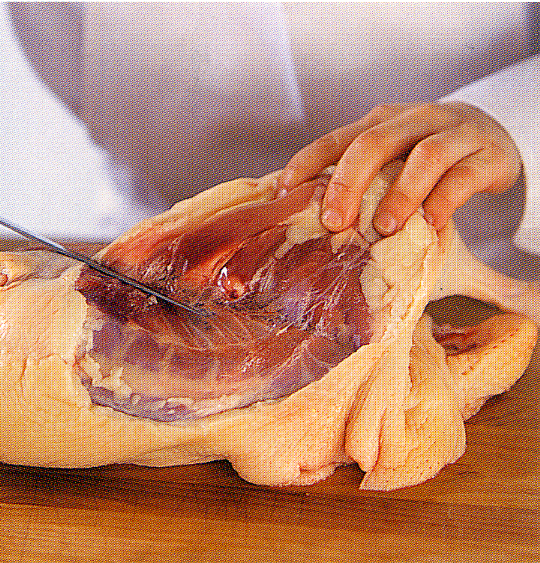
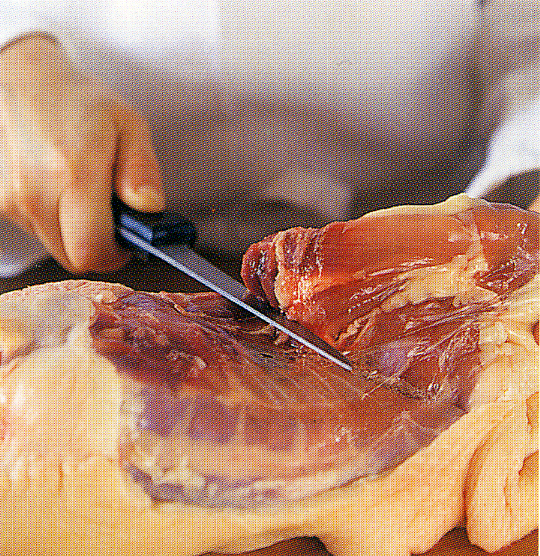
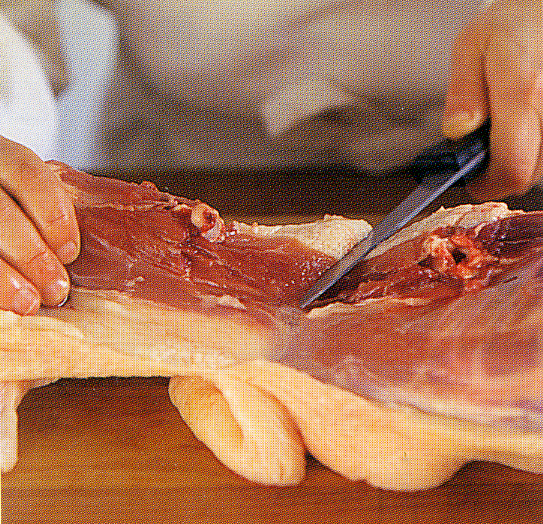

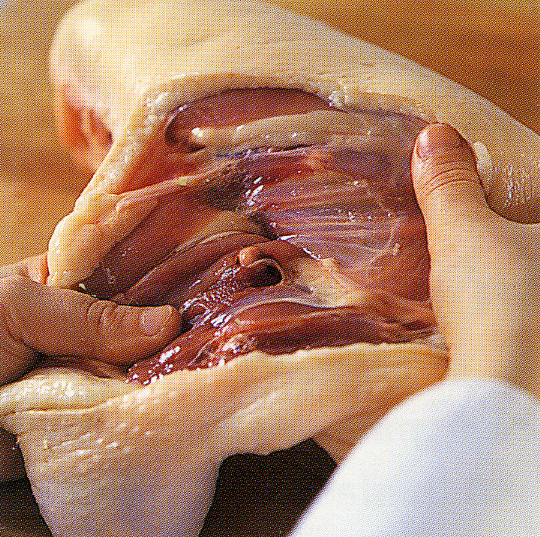
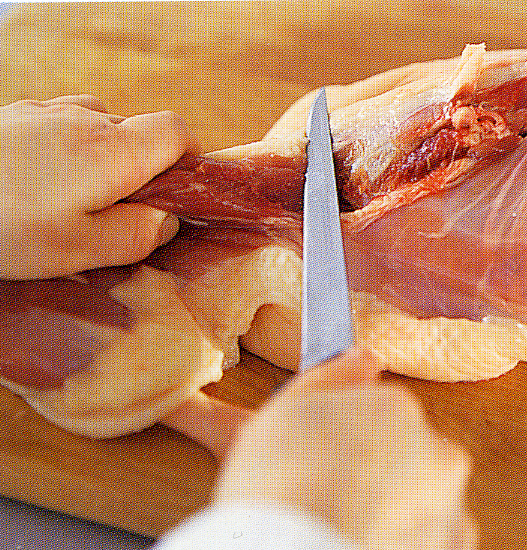
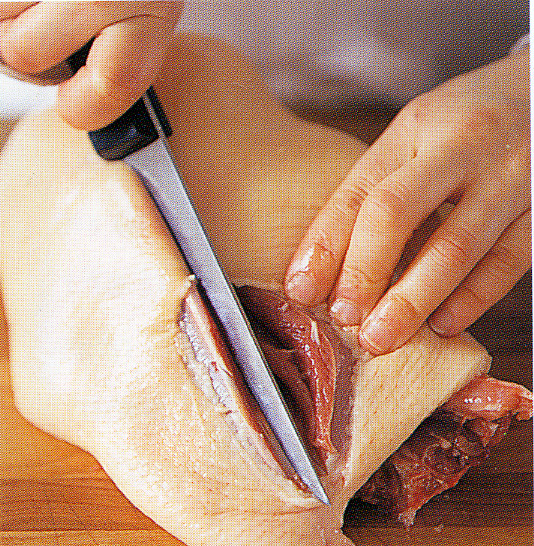
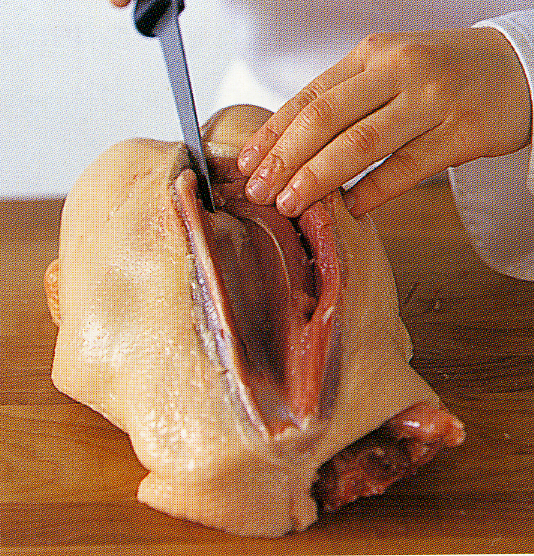
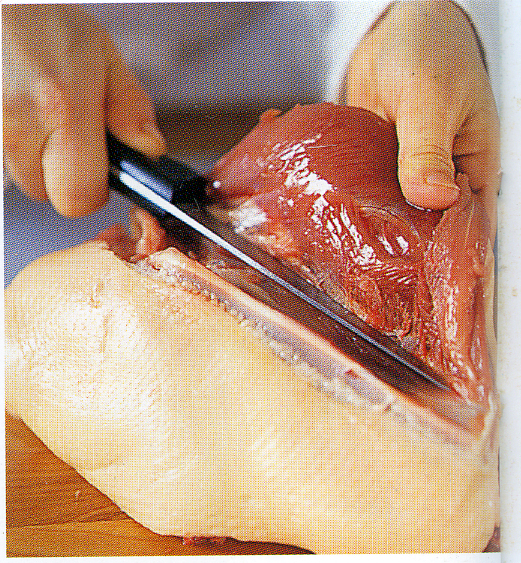
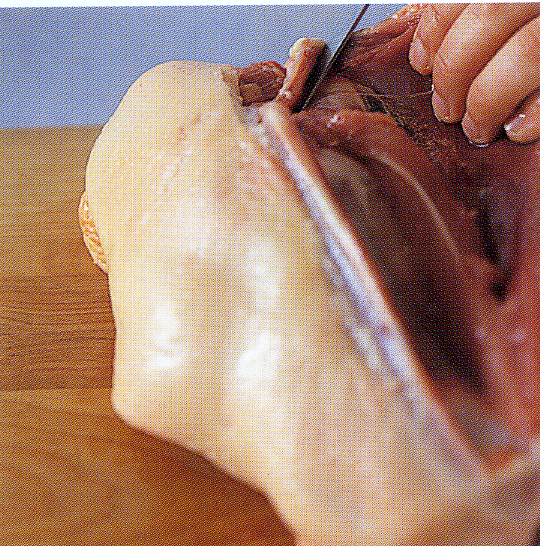
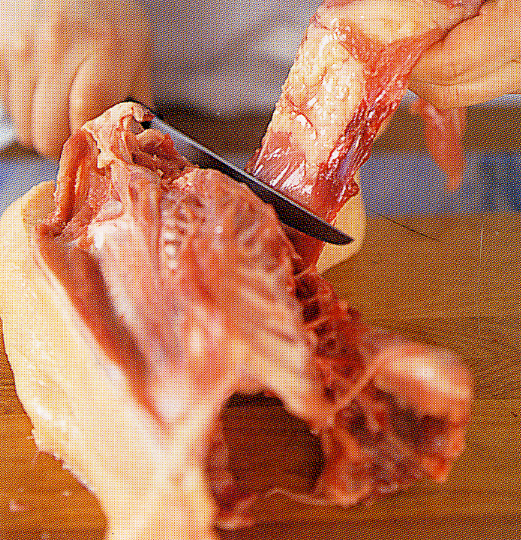
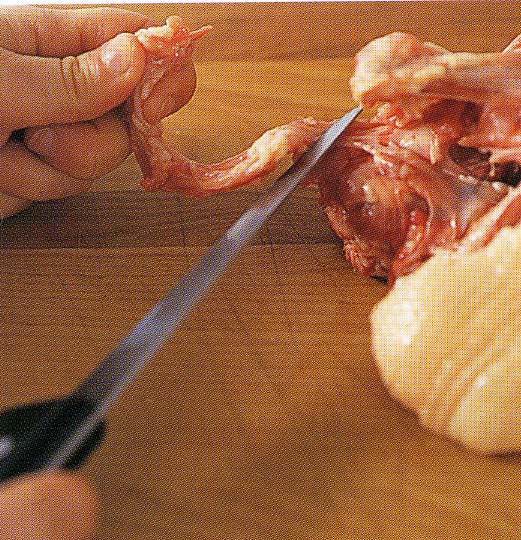
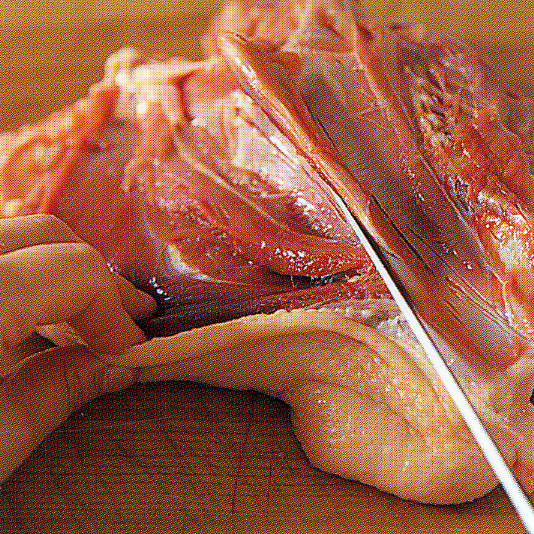
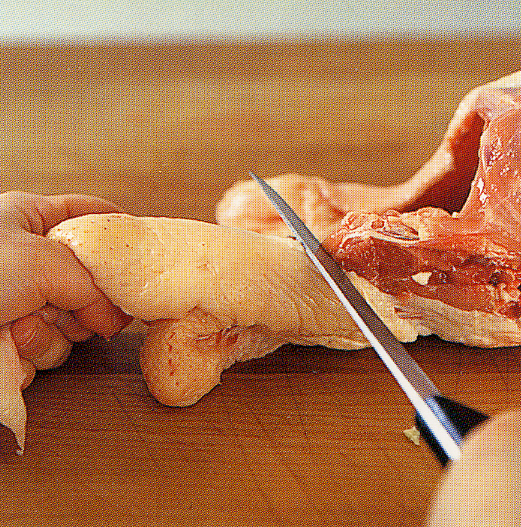
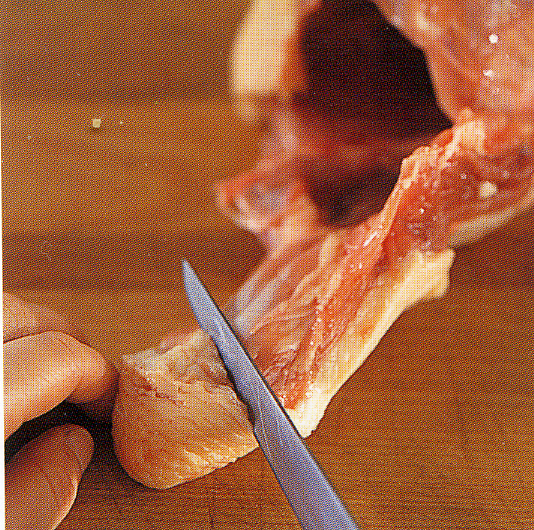
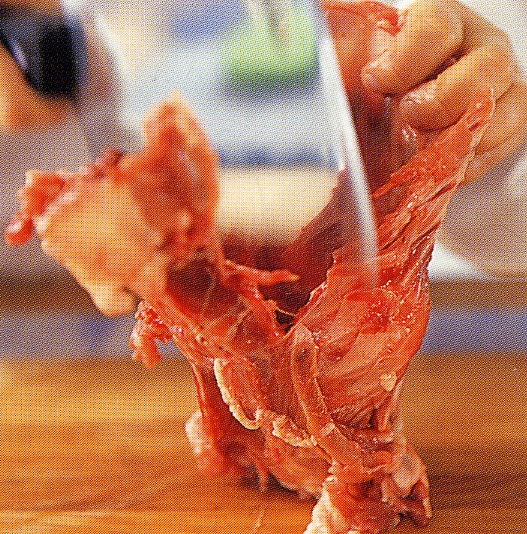
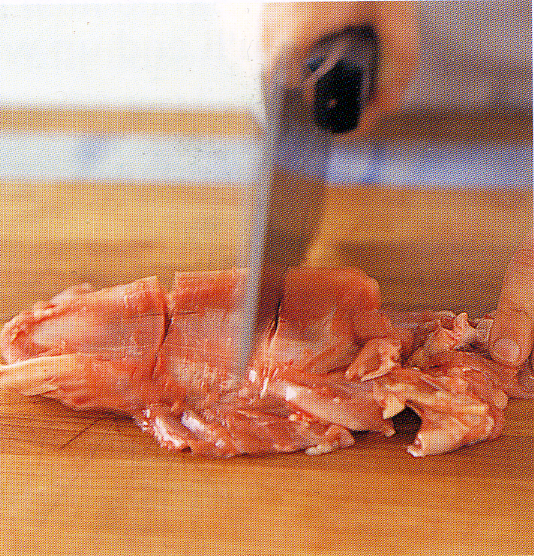



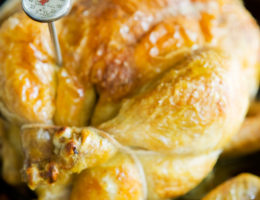
http://www.jimcooks.com is very informative. The article is very professionally written. I enjoy reading http://www.jimcooks.com every day.
Thank you. I’ve just added some new stuff including pictures but I haven’t figured out how to put captions in yet.
Terrific post, I’ve bookmarked this page and have a feeling I’ll be returning to it often. Thanks http://www.dreammakers.com/Deafeafout
Trackback
[…] I found a sea shell and gave it to my 4 year old daughter and said “You can hear the ocean if you put this to this ear.” She put the shell to […]
Superb site you have here but I was wanting to know if you knew of any message boards that cover the same topics talked about here? I’d really like to be a part of group where I can get opinions from other experienced people that share the same interest. If you have any recommendations, please let me know. Bless you!
Hi. I’m sure such places exist, but I don’t know where they are. Sorry I can’t be more helpful.
I really enjoy reading your books and blogs – I’m still a terrible cook, but at least you have improved my mess somewhat.
By now I have almost all your books, piled up around the house. Was wondering if there is a new one coming out any time soon, and what the peculiar topic of choice will be this time?
All the best,
Ivar
Dear Ivar,
Yes, I have a new book coming out this spring called Done. It’s all about when things are done since this is such a stumbling block for beginning (and not so beginning) cooks. I hope you enjoy it.
best,
jim
Dear Jim,
“Done” sounds like a great idea! Looking forward!
All the best,
Ivar
Thank you Ivar. It should be in stores about now.
I love the intro article as I am a pretty unskilled cook/hunter. along those lines, I was wondering if you talk specifically about wild duck (Mallard, etc) and/or if recipes or treatment would be different for wild birds?